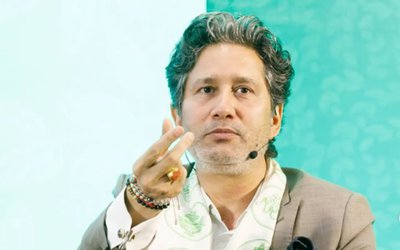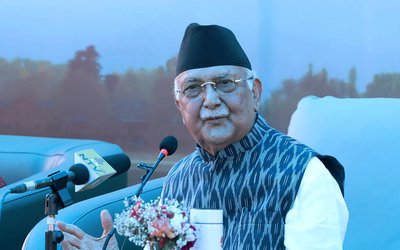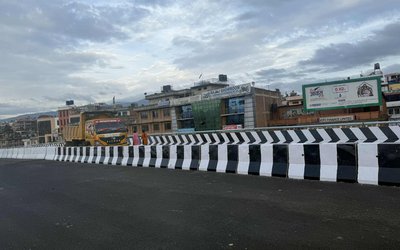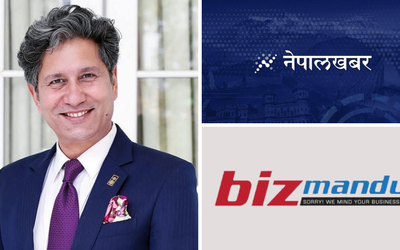More on News






The brain is amazing. There are some people who will be able to go to a new place and remember the buildings and the left or right turn they took to get there. There are some others like me who, if they have to retrace their steps, will have no idea if they turned left or right. However, believe it or not, there are people worse off than me, who will have no sense of direction regardless of having been in a particular area for weeks to months.
Apparently the same area of the brain that deals with this memory of directions is also linked with face recognition. Some people cannot remember faces. Obviously there are degrees of this problem. Have you met someone who was completely unable to recognize you although you had dinner with them a few evenings ago? Before they remembered you, you had to fill them in on the conversation you had; and finally then they were able to recognize you.
In fact the relative lack of face recognition is not an uncommon problem. My wife, who is very observant has been disappointed with me several times on these Kathmandu streets when I have driven past her ( with my mind somewhere else) without any signs of recognition. Clearly I have come to realize that together with my poor memory of directions and perhaps a compromised face recognition ability, I suffer from a mild propsagnosia, which is also defined as facial blindness.
Propsagnosia may also explain the situation, when a Nepali baby brought up in his own Nepali environment has a hard time recognizing individual Caucasian faces because they may all, relatively speaking, “look the same” and vice versa. I remember when I was studying medicine in Patiala, Punjab, initially all the Sardarjis with their beards and turbans looked alike.
In these days of MRI scanners, people with overt propsagnosia clearly show lesions on the underside of the temporal cortex of the brain when scanned. They say that the difference between the best face recognizers and the worst amongst the prosopagnosics is comparable to that between people with an IQ of 150 and those with an IQ of 50. But as with any bell curve the vast majority are in the middle.
Severe, debilitating propspagnosia is estimated to affect two percent of the population in the US. But relatively little thought is given to this problem compared to say dyslexia ( remember, Taree Zameen Par?). Teachers and others are increasingly aware of the especial difficulties (and often the especial gifts) that dyslexic children may have. But for people with severe face blindness, for now, there is not much else to do but share this problem with others who may suffer from this and rely on your ingenuity to get by in daily living.
What is reassuring is that many capable people have suffered from varying degrees of lack of face recognition. Many well known writers and even neurologists suffer from this affliction. The famous British anthropologist Jane Goodall who suffers from a varying degree of this problem says that she would be better able to recognize her individual chimpanzees if she did not have mild prosopagnosia!!






